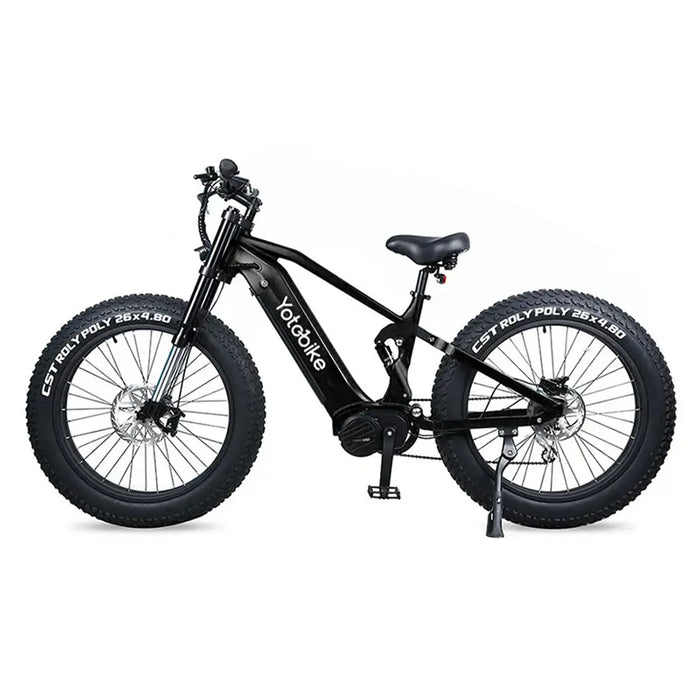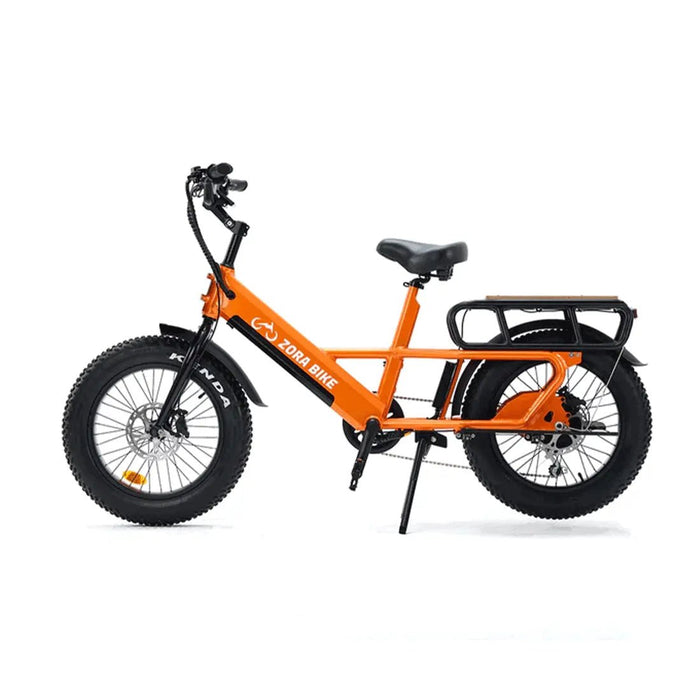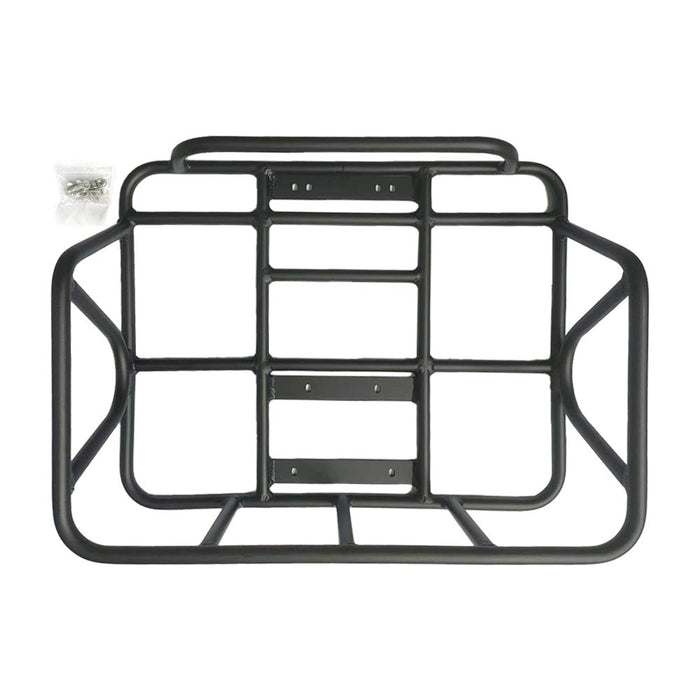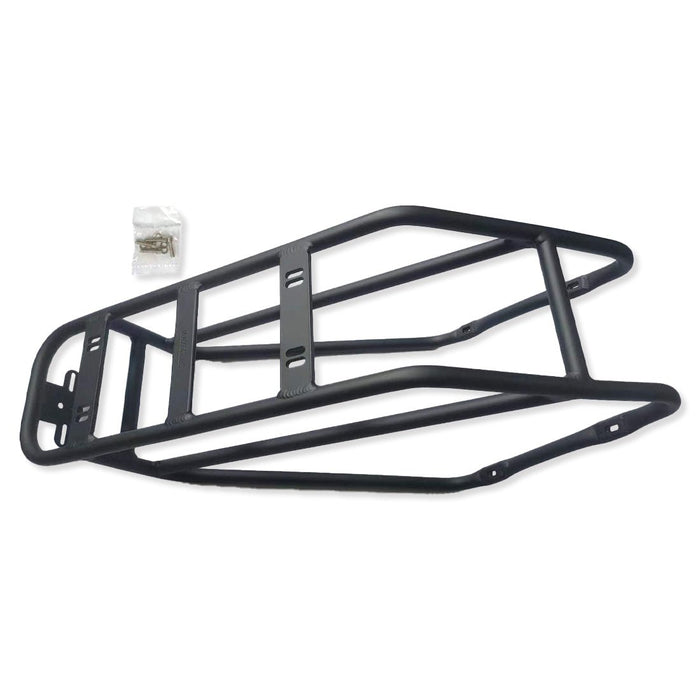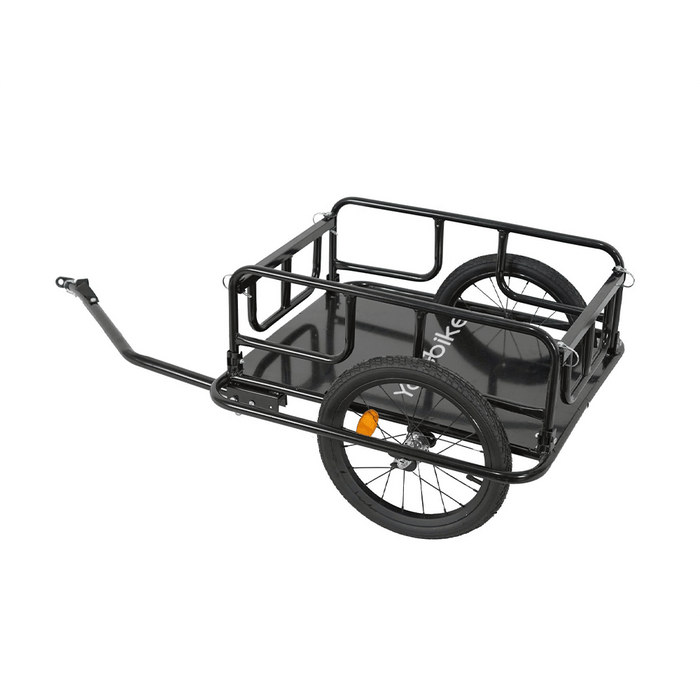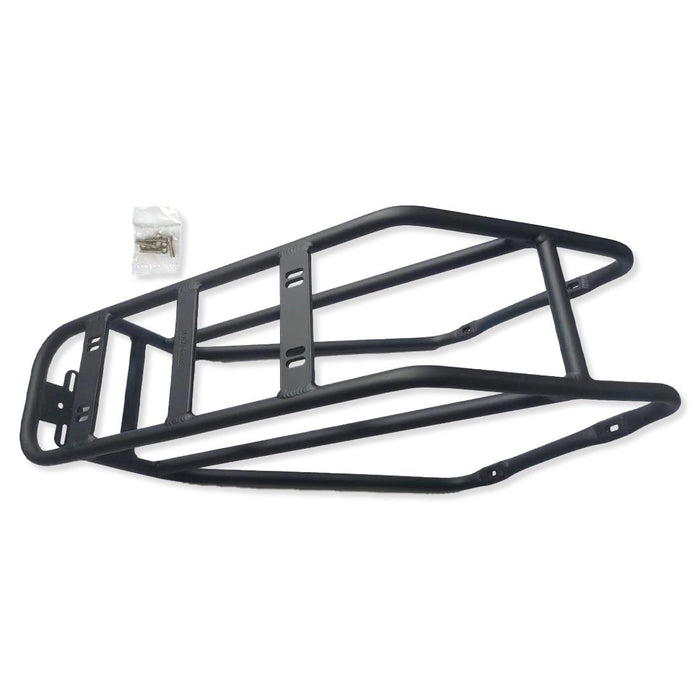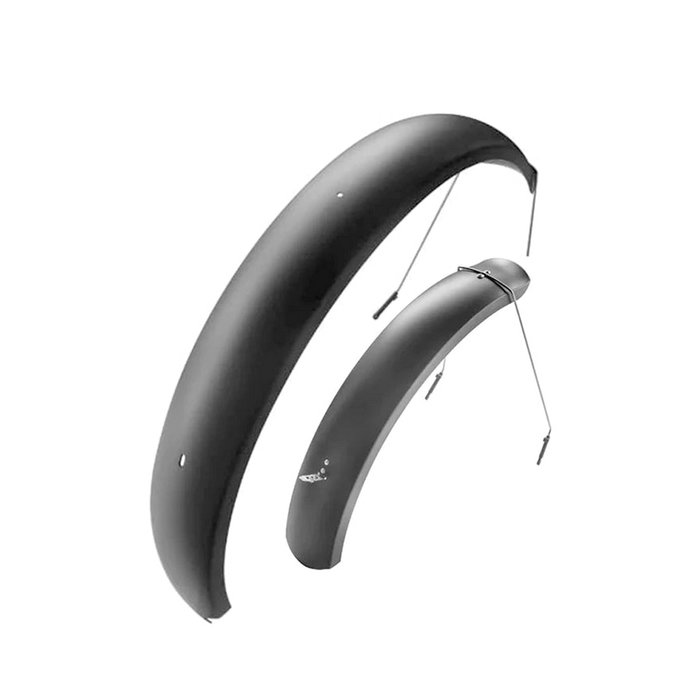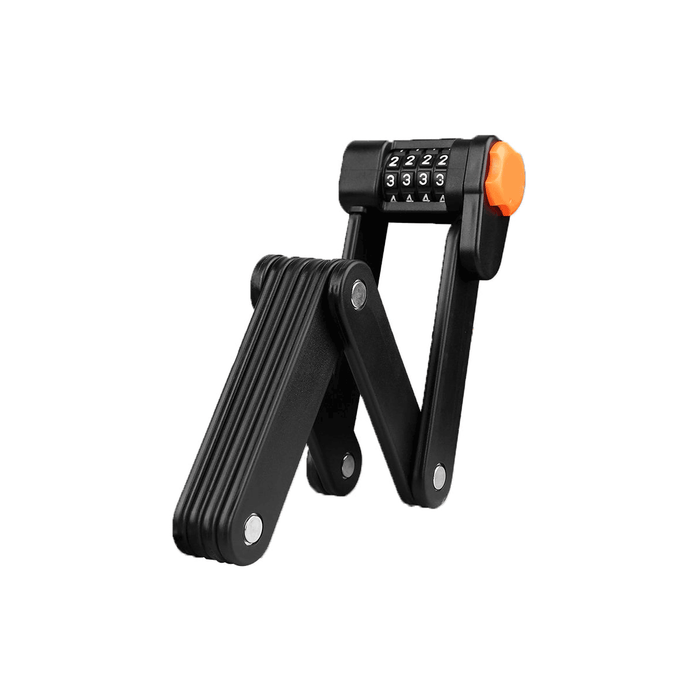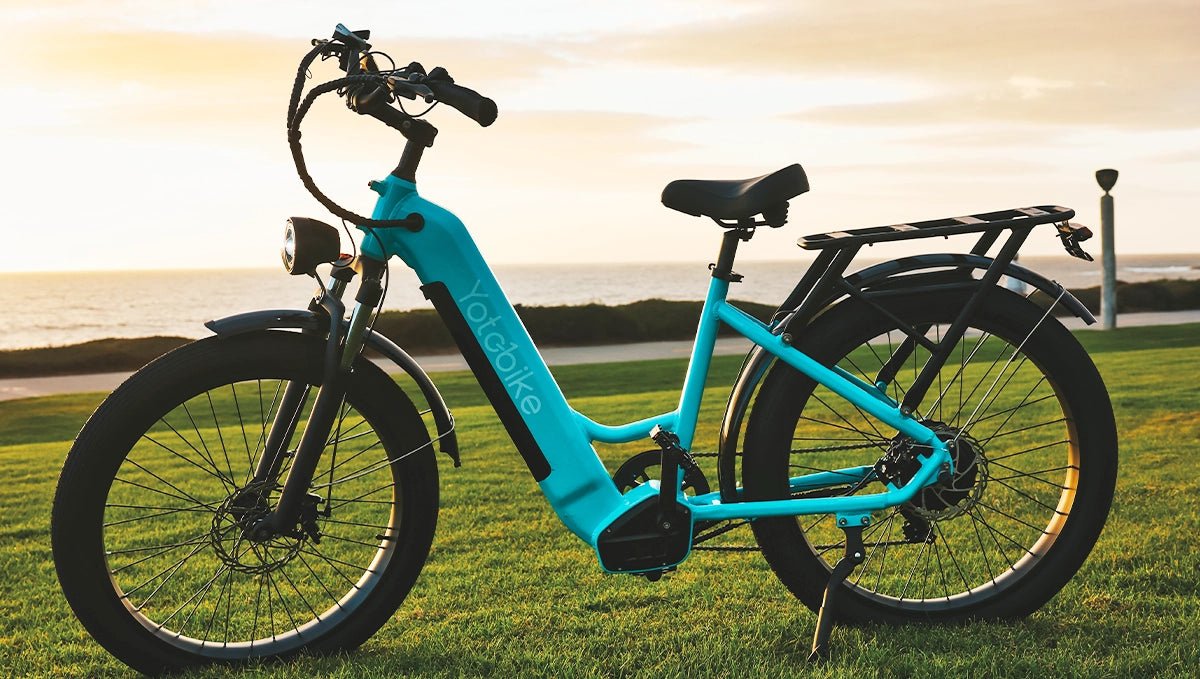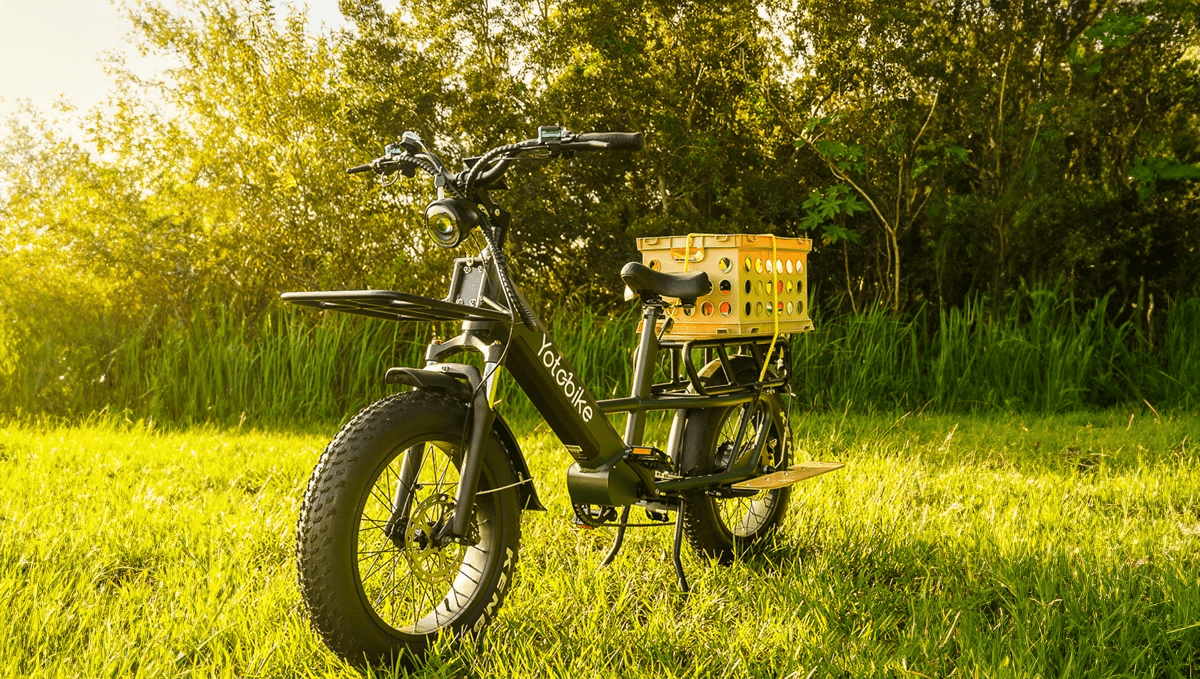
Curious about whether your e-bike can recharge while you ride? The question “do electric bikes charge when you pedal” intrigues many new riders eager to extend their bike's range. While the idea of generating power with every pedal stroke sounds appealing, the reality is a bit different. In this article, we'll demystify the charging capabilities of e-bikes and explore how you can keep your ride powered up and ready to roll.

How Do E-Bikes Charge While Pedaling or Braking?
Most e-bikes do not charge while pedaling. Although the concept of using pedaling to generate power and recharge the battery is appealing, it remains relatively rare. Most e-bikes use pedaling solely to propel the bike forward rather than to recharge the battery.
Regenerative Braking Systems
The primary technology for energy recovery in e-bikes is regenerative braking. This system, also known as the kinetic energy recovery system (KERS), captures some of the energy typically lost during braking and converts it into electricity. This energy is then stored in the bike’s battery.
Here’s how regenerative braking works: When the brakes are applied on an e-bike equipped with this system, a sensor triggers the motor to switch into reverse mode. Instead of propelling the bike forward, the motor acts as a generator. The energy that would otherwise be lost as heat is captured and redirected to the ebike-battery. This process can extend the battery’s life and provide a slight increase in range.
How Pedaling Plays a Role
While regenerative braking focuses on braking energy, what about pedaling? Can you charge an electric bike by pedaling? In most e-bikes, pedaling does not charge the battery.
The energy you produce by pedaling goes directly into moving the bike forward. However, some experimental e-bikes are designed to capture energy during pedaling or backpedaling. These models are still rare and their efficiency is under exploration.
Direct-Drive Motors and Regenerative Braking
Regenerative braking systems are often paired with direct-drive hub motors. These motors can switch between driving and generating modes, making them suitable for energy recovery during braking or deceleration. E-bikes with this technology are more effective on hilly terrain or in stop-and-go traffic. Despite the benefits, regenerative braking is not yet widespread due to cost and efficiency concerns.
Limitations of Regenerative Braking Systems
While regenerative braking offers some benefits, it has several limitations, particularly when compared to its effectiveness in electric cars.
Low Energy Recovery Rates
The main limitation of regenerative braking on e-bikes is the relatively small amount of energy recovered. In electric cars, regenerative braking is more effective due to the vehicle’s size and weight. E-bikes, being lighter, recover only about 5-10% of the energy during braking. This limited recovery means that while regenerative braking can provide a slight increase in range, it is not a substitute for regular charging.
For instance, if you ride on flat terrain with minimal braking, you might recover only about 1% of the energy used. In more challenging conditions like city traffic or hilly routes, the recovery rate can be between 8-14%. Although this adds some value, it does not replace the need for conventional charging. For longer rides or trips where regenerative braking alone isn't enough, investing in a high-capacity battery like the Yotobike ebike-battery can ensure you have reliable power throughout your journey.
Works Best in Specific Conditions
Regenerative braking is most effective in scenarios with frequent braking or downhill riding. Riders in urban environments with regular stops or those navigating hills will benefit more from this technology. Conversely, long rides on flat roads will see minimal benefits due to the lack of braking or descending.
Added Weight and Cost
E-bikes equipped with regenerative braking systems tend to be heavier and more expensive. The additional weight results from the need for a more robust motor and extra components for energy recovery. This can make the bike harder to pedal when the motor is not in use. Moreover, the increased complexity of these systems drives up the cost, making them less accessible to budget-conscious riders.
Complexity of Maintenance
The added complexity of regenerative braking systems can also make maintenance more challenging. Specialized knowledge is often required to repair and service these systems, and finding replacement parts can be more expensive compared to traditional e-bikes.
Regenerative braking can slightly extend battery life but is not a replacement for conventional charging methods. The energy recovered is modest, and the system is most effective in specific riding conditions. For most riders, investing in a second battery or sticking to standard charging methods remains the most practical approach.
Common Ways of Charging an E-Bike
While regenerative braking provides a minor boost, most e-bikes rely on traditional charging methods. Here’s a look at the most effective ways to keep your e-bike powered.

Removing the Battery to Charge
A common and convenient method is to remove the battery and charge it separately. Many e-bikes have detachable batteries that can be easily taken off the bike. This method is useful for those without access to an outlet at their parking spot or who prefer not to leave their bike unattended.
To charge the battery, first turn off the bike and unlock the battery from its holder. Disconnect the battery and take it indoors. Plug the charger into a wall outlet and connect it to the battery. Charging usually takes between three to six hours. This method provides flexibility and security, allowing you to charge the battery in a safe location.
Public Charging Stations
Public charging stations are becoming more common in bike-friendly areas. These stations function similarly to electric vehicle charging points, allowing e-bike riders to plug in their bikes while they take a break.
To use a public charging station, park your bike in a stable position, often using a bike rack. Connect your charger to the bike’s battery and plug it into the station. Look for indicator lights to confirm that charging has started. Ensure the battery is fully charged before disconnecting to avoid shortening its lifespan.
Solar Charging
Solar charging offers an eco-friendly option, especially for those who enjoy outdoor activities or live off-grid. Using portable solar panels, riders can capture sunlight and convert it into electricity to charge the e-bike battery.
Solar panels can be set up on a backpack, at a campsite, or mounted on a stand. The charging time depends on the panel size and sunlight availability, often taking several hours or days. This method is ideal for long journeys or camping trips where access to electrical outlets is limited.
Traditional Plug-In Charging
The most common and straightforward method is to plug the e-bike directly into a standard electrical outlet. This method requires minimal effort and ensures efficient charging.
Simply connect the charger to the battery and plug it into a wall outlet. Charging times vary based on battery size and charger type but generally take three to six hours. Most chargers feature indicator lights to show the charging status. Traditional plug-in charging is reliable and ensures that your e-bike is fully charged and ready for use.
Conclusion
In summary, while the notion of “do electric bikes charge when you pedal” is an exciting concept, it’s not yet a practical reality for most models. Regenerative braking offers a slight boost but doesn’t replace traditional charging methods. For now, sticking to conventional charging methods remains the most reliable way to keep your e-bike powered. As technology evolves, who knows—future innovations might make pedaling for power a more common feature.
FAQs
HD electric bikes recharge themselves?
Most electric bikes do not recharge themselves while you ride. Though some models have regenerative braking systems that recover a small amount of energy during braking, this is not common. Generally, e-bikes need to be plugged into a power source for a full charge.
How long does a battery last on an electric bike?
The battery life of an electric bike typically ranges from 3 to 6 hours on a full charge, depending on the battery size and riding conditions. Many batteries are designed to last around 500 to 1,000 charge cycles before their performance starts to degrade.
Do electric bikes charge when you go downhill?
Some electric bikes with regenerative braking systems can recover energy when going downhill. However, this feature is not common and only captures a small amount of energy, so it doesn’t significantly extend battery life. Most e-bikes still need regular charging.




